

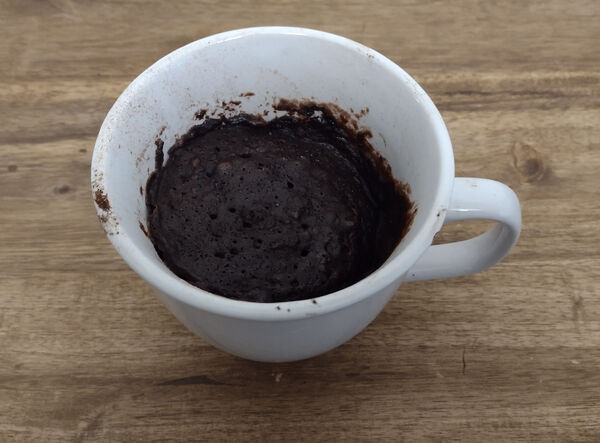
First, mix the dry ingredients:
- 3 tbsp flour
- 3 tbsp sugar
- 2 tbsp cocoa powder
- 1 tsp cinnamon powder
Then, add
- 3 tbsp red wine
- 3 tbsp neutral oil
- 1 egg
Mix again, then microwave on high for 2 minutes.
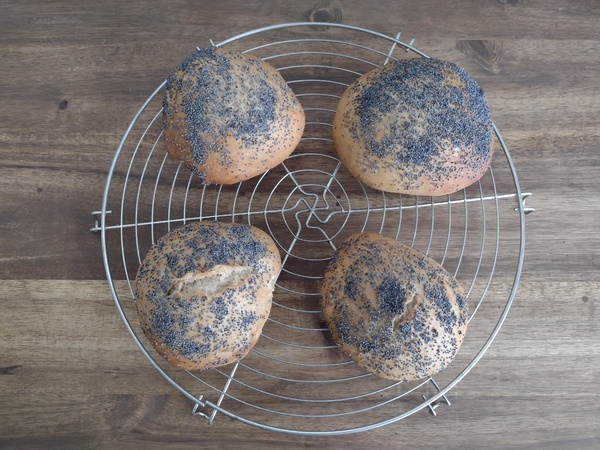
Korean-Swabian fusion dish.
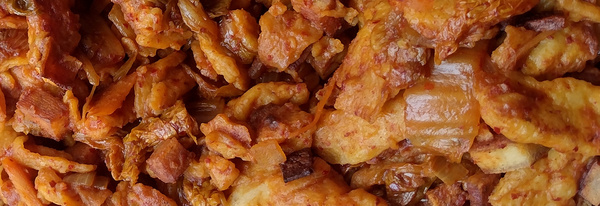
You can make Kimchi Spätzle as anything from "Krautspätzle with Kimchi" to "Tteokbokki with Spätzle". Mine tend to be the former variant.
Making Spätzle
Authoritative YouTube video on technique:

The comments have a recipe for the dough:
500g flour
6-7 eggs
a bit water (no milk!)
2 teaspoons salt
beat the batter with a cooking spoon til it gets bubbles
I tend to add a bit more salt (heaping teaspoons). Mixing until there are bubbles is important for gluten development, otherwise you don't get any chewiness. You can also let the dough rest for a while.
"A bit water" means you want to add enough water that you can mix it properly but not so much that it gets runny, the dough should be very sticky and thick.
The bubbles are a real thing meaning at some point the dough forms a stretchy film. Filling the pot to the brim with water helps. If you dunk the tip of the board into the water while scraping the Spaetzle don't stick to the board as much. You don't have to make the Spätzle as thin as in the video.
I personally use a dough scraper instead of a knife.
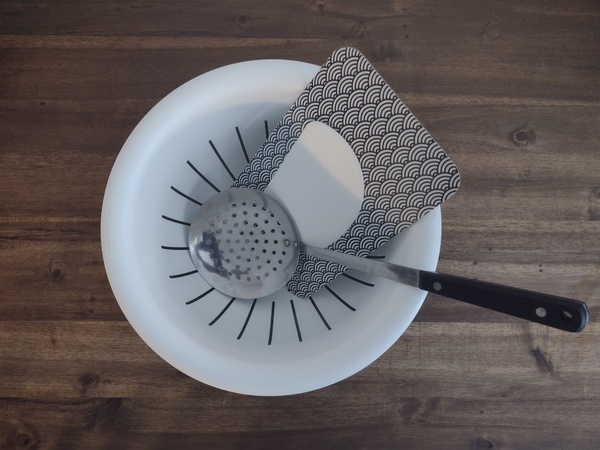
Making Kimchi
Maangchi has a lot of Kimchi recipes. I roughly follow this one in a much lazier version. I don't actually make rice flour porridge, I just blend the other paste ingredients (except for the chili flakes) with a bit of water. I usually don't add carrots, radish or green onions either.
I leave the Kimchi at room temperature for longer, usually 4-5 days before transferring to the fridge.
The amount of garlic is correct.
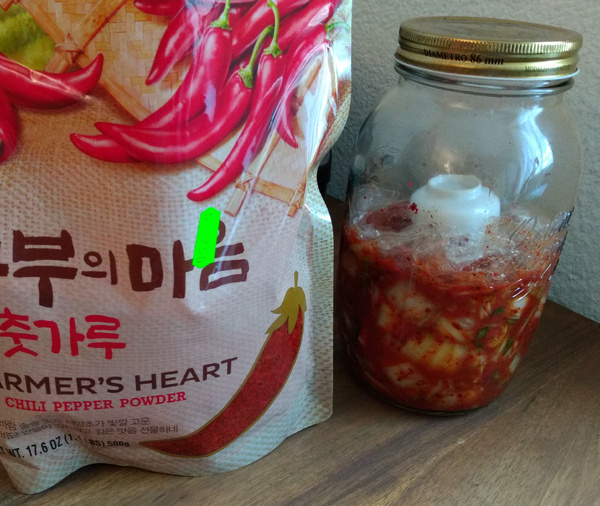
Combining the two
For some inspiration, here's Kenji's video:

Start by making "bacon" by frying small smoked tofu cubes in butter and salt until crunchy.
Then fry the Spätzle in a lot of butter and oil - the ratio is roughly Spätzle from 300-400g flour to 50g butter and a teaspoon or two of oil. Once the Spätzle are brown add 1-2 onions, fry until translucent, add 3 crushed cloves of garlic, fry for a few seconds. Add as much Kimchi as you like (with the liquid), soy sauce and finally "bacon". If you want a spicier version you can add more Gochugaru or Gochujang.
If you want a soupier version closer to Tteokbokki, add water.
If you want a supremely decadent version inspired by Kässpätzle, add cheese. Optionally add black pepper.
TODO: Figure out how to keep the Spätzle nice and crunchy but still have them soak up Kimchi liquid and thicken up the sauce...
What's cheaper, buying chickpeas in cans or rehydrating and cooking them yourself?
Intuitively I'd have guessed the home cooked chickpeas would be cheaper, but I wasn't sure. Maybe if you cook them in large enough batches you can somehow offset the increased costs of cooking and shipping water?
So I did the math myself.
Purchasing price
The price of chickpeas varies quite a bit depending on which ones you buy. I sampled a few offers from Coop, Migros and Lidl. For cooked chickpeas the cheapest price I found was 2.76 CHF/kg (non-organic, sold in 540g jars) and the most expensive one was 10.83 CHF/kg (organic, sold in 120g cans).
Dried chickpeas on the other hand are priced similarly everywhere - probably due to the fact that they all come in a standard 500g bag size and are organic. Prices range from around 4 CHF to around 6 CHF.
All in all you pay a premium for not shopping at a discounter, for buying organic and for buying smaller batches - no news here. I could imagine you could get cheaper chickpeas by shopping at a Turkish supermarket, but that's probably true for both canned and dried chickpeas.
For the sake of comparison, let's just take the cheapest cooked vs the cheapest dried chickpeas. The dried chickpeas are organic and the cooked ones aren't, but whatever. At this point it looks like the cooked chickpeas win handily (2.76 CHF/kg vs 3.98 CHF/kg). But dried chickpeas gain weight while soaking and cooking. How much exactly?
Soaking and cookingI started with 200g of dried chickpeas:
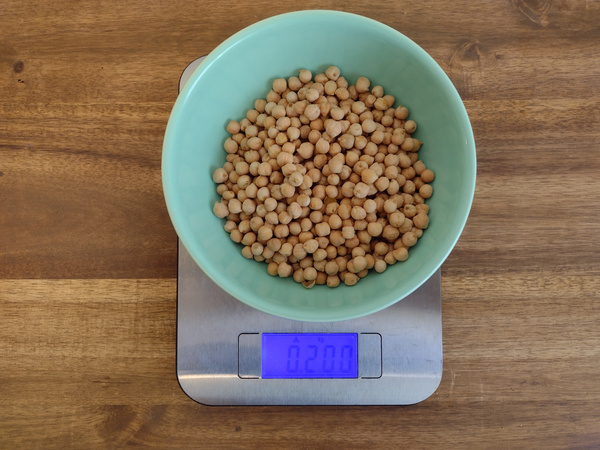
After soaking their weight had increased to 407g - more than 2x!
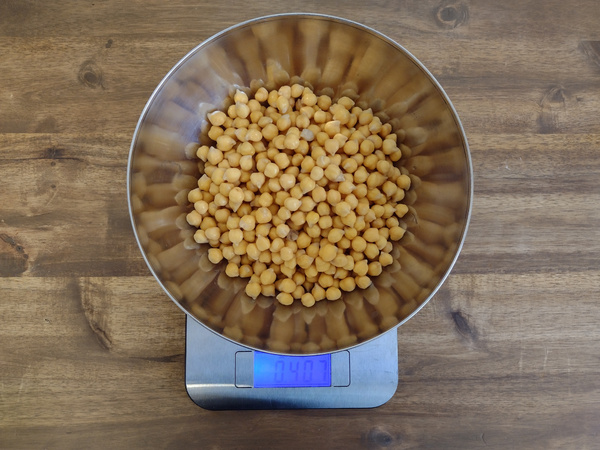
Cooking added another 10g to that. I had to try a chickpea or two to taste for done-ness, so that's not included in the weight after cooking.
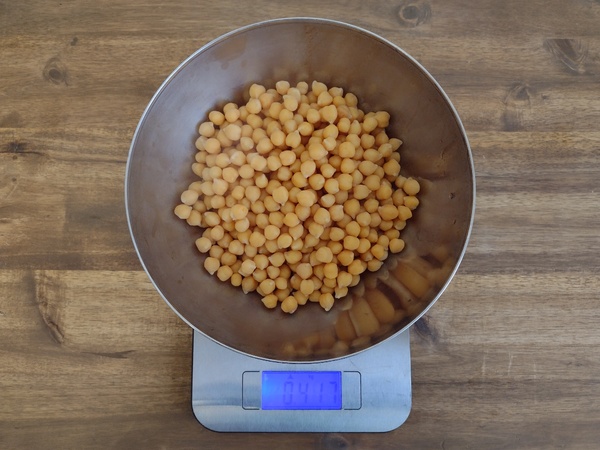
All in all, that's roughly a 110% increase in weight. For a fair comparison, this takes the dried chickpeas from 3.98 CHF/kg raw down to 1.91 CHF/kg, clearly cheaper than the canned chickpeas.
But wait, cooking them did use some gas and water. How does that factor in?
Gas and water costs
I don't actually pay for water myself, the water costs in this building are distributed evenly across the tenants. Also water is really cheap around here, about 1 CHF/m³, so I'll consider it negligible. As for the gas costs: I took a photo of the gas counter before

and after cooking.

As you can see, I've used up around 0.032 m³ of gas. Interestingly cooking gas is paid in kWh, at a rate of 0.15 CHF/kWh. Looking at my old bills I found a conversion rate of 10.906 kWh/m³, which means cooking the chickpeas cost about... 0.05 CHF.
You could cook more than 200g at once and have the costs go down, but I'm just going to scale that up to an entire kg of cooked chickpeas and assume around 0.13 CHF for 1kg of final product.
All in all, the grand total is 2.04 CHF/kg for dried compared to 2.76 CHF/kg for cooked.
Conclusion
So yes, dried chickpeas are quite a bit cheaper than canned ones, even if you get the organic ones. Realistically however, chances are that your labor cost dwarfs everything else, especially if you write a blog post about it. Cooking is mostly unattended time, but it's still non-zero work. There is of course also the cost of cleaning the dishes but you can re-use the pot you used to cook the chickpeas to cook the actual meal. Personally, I very much prefer the taste of freshly cooked chickpeas too.